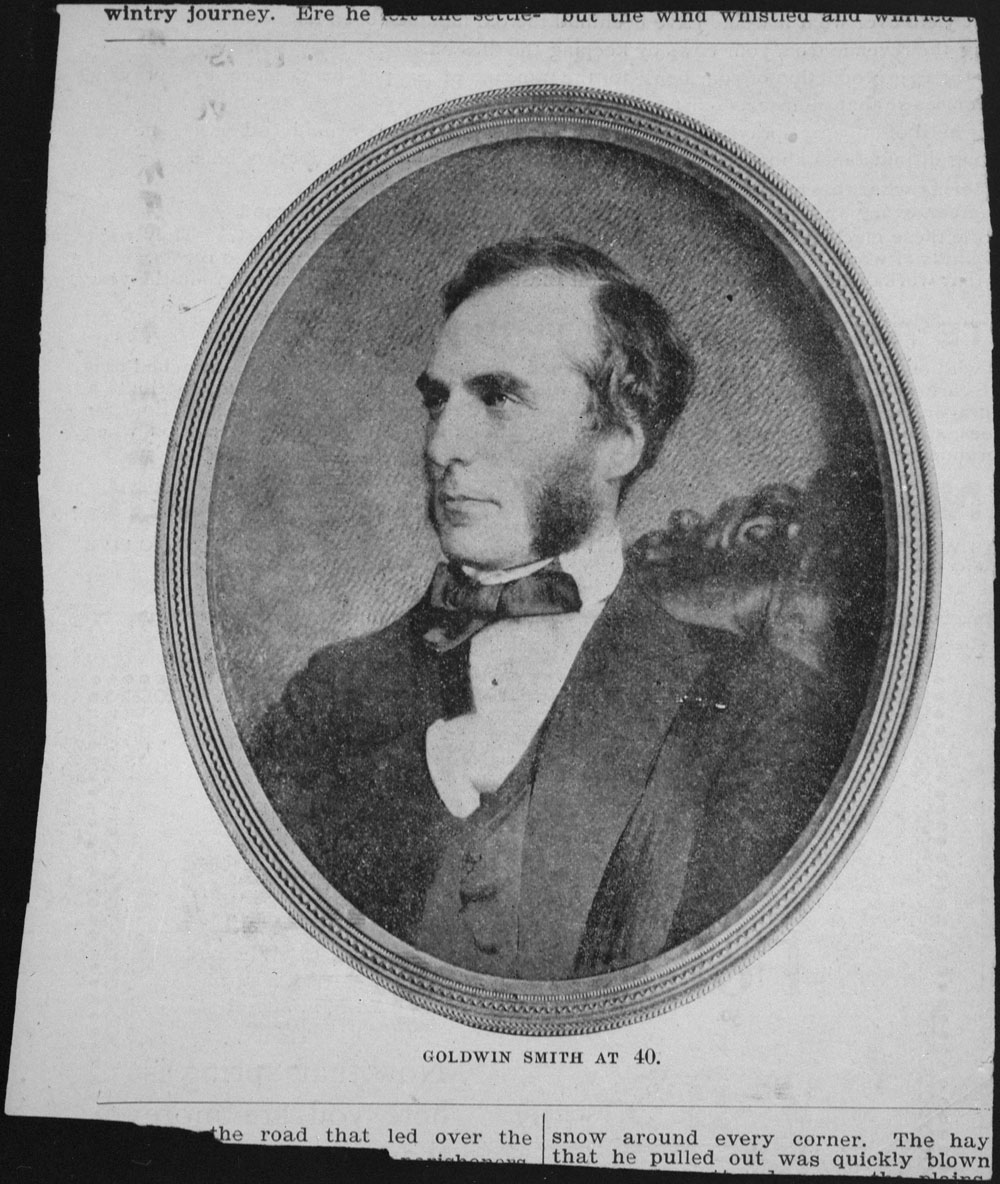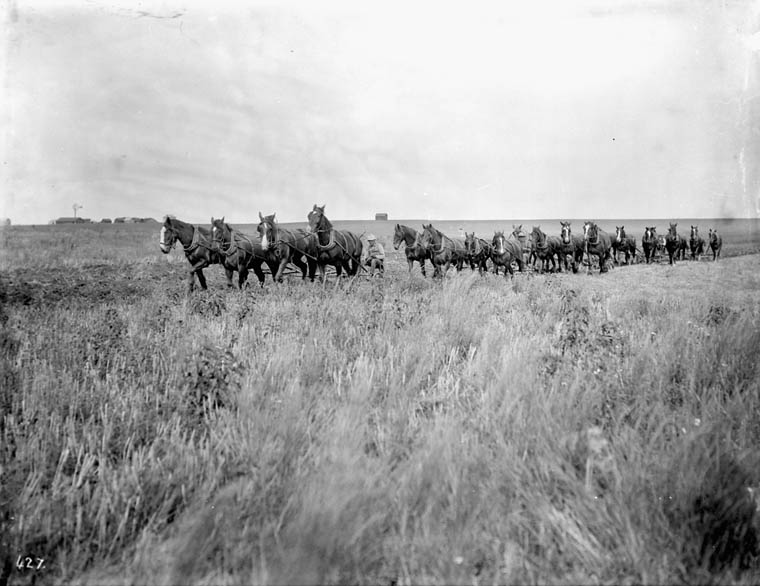 |
| "Goldwin Smith at 40" by G.E. Perine. NAC |
Joe Haycock is described by Cook as an "ineffectual" leader of the Patrons of Industry in the late 1890s. He had failed to reconcile the agrarian and labour elements in the Ontario party, and what power they had in the legislature would soon come to an end. When Smith invited Haycock to his Toronto home, it became apparent that, "his guests were not always familiar with the standards of the Oxford common room."
 |
| Death serves a stiff one in an early temperance cartoon. Credit: Library and Archives Canada, Acc. No. 1989-406-45 Source: Molson Portrait Collection, Molson Archives, Montreal, Quebec |
A bottle of whiskey was procured and when set upon the table the curious customs of the farm leader were observed. Edward Farrer, who had introduced the two men from different walks of life, had to explain to Smith the farm leader's customs. A witness of the event reported:
"Joe took the bottle and shook it vigorously before pouring out the whiskey into his glass. Afterward the Professor [Smith] asked Farrer how it was that Haycock shook the bottle so. Farrer told him that in the country hotels the whiskey was often adulterated and that the water rose to the top and it was customary for farmers, when getting a drink at the bar, to shake the bottle before pouring out the whiskey into their glass and that Joe had acquired the habit..." (Cook, 27-28)
It may be assumed that Smith was serving unadulterated whiskey, but it seems when it comes to drinking, old habits die hard despite the demands of respectability.
























